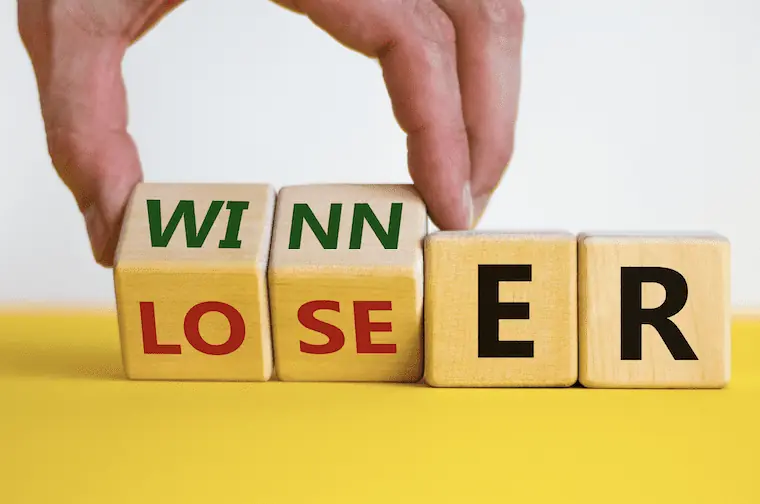
By Colin Barnden
What’s at stake:
Ford and VW will no longer bankroll Argo’s autonomous driving ambitions, but its software and IP will still likely form the foundation of the automakers’ automated driving systems. As automotive OEMs and their technology partners defer the dream of fully automated consumer cars, we parse the odds on the winners and losers.
Argo AI, a Pittsburgh-based developer of autonomous vehicle technology, is shutting down. Details are scant, but there is sufficient information to see the reasoning behind the decision. Let us try to fit the pieces of the puzzle together.
First, the questions. How safe is safe enough for autonomous driving? How long is the R&D phase for this technology? How much will it cost to develop? Why autonomous driving anyhow?
The answer is the same: No one knows. In the end, Ford and Volkswagen, Argo’s two backers, simply said “stop.”
“It’s become very clear that profitable, fully autonomous vehicles at scale are still a long way off,” said Ford CFO John Lawler, commenting on the automaker’s plans to focus development efforts on advanced driver assistance systems.
“Especially in the development of future technologies, focus and speed count,” said Volkswagen AG CEO Oliver Blume. “Our goal is to offer our customers the most powerful functions at the earliest possible time and to set up our development as cost-effectively as possible.”
What we have just witnessed is the end of the promise of autonomous driving in privately owned passenger vehicles. Ford and Volkswagen (VW) will now redeploy whatever IP assets they can from Argo, but the goal here is clearly to focus development on the next generation of automated driving systems, such as Ford’s BlueCruise.
Winners and losers
Who are the biggest winners? Qualcomm. We need only put recent news flow together to see the big picture. VW Cariad has partnered with Qualcomm; Qualcomm announced the Snapdragon Ride Flex system-on-chip barely a month ago, with multiple automaker design wins; Ford and VW are Argo’s two backers.
The obvious conclusion is that both Ford and VW are signed up to use the Snapdragon Ride Flex SoC. VW’s Argo press statement also declares that it is working with Bosch on automated driving, so the assumption must be that Ford is working with Bosch as well.
Across Ford, VW, Cariad, and Argo is the collective expertise to develop an automated driving system incorporating the Argo IP. The Snapdragon Ride Flex SoC is an open architecture, meaning the partners can develop proprietary vision stacks and drive policies to run on Qualcomm’s chip.
Argo’s autonomous driving ambitions may be over but going forward its software and IP looks set to form the foundation of Ford’s and VW’s automated driving system. Hence, we must conclude that Mobileye is the biggest loser, which explains its recent IPO difficulties.
The Ford/VW plan looks to be following a similar path to that of General Motors, which was the first automaker to commit to Qualcomm’s Snapdragon Ride SoC family and the first to develop a proprietary vision stack and drive policy running on Qualcomm’s open chip architecture, deployed for Super Cruise and Ultra Cruise.
BMW has followed a somewhat different path, announcing plans to work with Qualcomm using the Arriver vision stack and drive policy for automated driving.
My working assumption is that BMW, Ford, GM, and VW are the first four automakers to commit to Qualcomm’s Snapdragon Ride Flex SoC. BMW has announced a technology sharing partnership with Stellantis, while GM has a broadly similar agreement with Honda. Accordingly, all six automakers could be unveiled as customers of the Qualcomm Flex SoC at CES in January, which looks set to be quite the party.
As we’ve previously reported, Qualcomm is eating Mobileye’s lunch.
Supervised automation
The Ford and VW announcement is a pragmatic decision considering the auto industry’s convergence on what Phil Koopman, associate professor at Carnegie Mellon University, calls supervised automation.
Broadly speaking, a supervised automation system operates on divided highways only, provides automated longitudinal and lateral vehicle control, and employs sophisticated driving monitoring to manage the driver’s attention state and engagement level in the supervisory role.
Research indicates that BMW, Ford, GM, Honda, Stellantis and VW — in addition to Fisker, Mercedes-Benz and Renault — all use driver monitoring systems provided by Seeing Machines (Canberra, Australia).
Seeing Machines recently entered an exclusive partnership with Magna for the provision of driver and occupant monitoring embedded in the rear-view mirror. The Australian company is rapidly emerging as the leading supplier of this technology, both for regulatory compliance (to meet Euro NCAP five-star testing and the European General Safety Regulation) as well as to ensure safe supervised automated driving on the highway.
As the auto industry comes to terms with the death of the “self-driving” dream, questions will inevitably be asked of the future of other autonomous driving developers, most notably GM Cruise and Waymo.
With Ford ending funding for Argo’s autonomous driving ambitions, U.S. financial analysts will soon challenge the wisdom of GM CEO Mary Barra’s decision to continue pouring billions of R&D dollars into GM Cruise. Meanwhile, Waymo has announced plans to expand into Los Angeles, albeit with no announcement of plans to achieve profitability. It cannot burn cash and raise new funding forever.
Bottom line:
No one has ever successfully answered the question “How safe is safe enough?” for autonomous driving, not even Koopman in his recent book of the same title. Perhaps an easier question would be “Was autonomous driving just a by-product of a near-zero interest rates?”
To which the answer is probably “yes.”
Colin Barnden is principal analyst at Semicast Research. He can be reached at colin.barnden@semicast.net.
Copyright permission/reprint service of a full Ojo-Yoshida Report story is available for promotional use on your website, marketing materials and social media promotions. Please send us an email at talktous@ojoyoshidareport.com for details.
